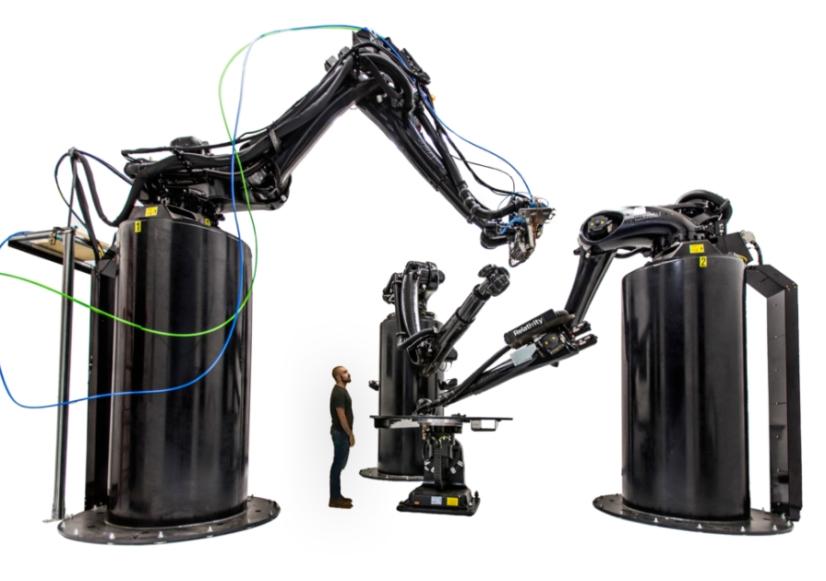
3 minute read
INTRODUCTION
Hybrid Manufacturing, as in our case, it is simply the senseful combination of subtractive methods like cnc-milling and additive methods like 3D-printing in a fabrication system, has still reached the market in the metal industry. Other industries, handling with custom big scale 3d shapes, still try to improve fabrication speed, waste reduction or surface quality by focusing on just producing with one of these methods. The combination of both methods together with a robotic system with a greater freedom of movements and reachability could save time and waste and increase the quality and accuracy of big scale objects. The freedom of a subtractive and additive process in one setup could also create the possibility of producing designs which where not feasible to produce before. Furthermore materials are needed which are hybridable, means they could be milled and also 3d-printed. In that case, thermoplastics, which are thrown as non compostable waste in a landfill are now the most interesting material for hybrid manufacturing. This project is trying to reactivate the interest to thermoplastics as an important resource for creating a new kind of manufacturing big scale products. This project tries to point out the economical relevance of a possible regional robotic setup, for fast production between unique and mass product.
WHY ?
Advertisement

WHY
As Designers, Architects, Engineers we get more and more advanced software based tools in the hand to develop the future of how we live , where we live and how the shapes of the future would look like. We also talk a couple of decades about customization in terms of “mass customization” but this is mostly just a combination of different parts of the same mass produced product. We are still addicted to the mass production and big companies ruling the market.
With the industrialisation we got plastics, which changed the way we handle objects. And now we throw them away as landfill and created a big ecological problem out of it. We discovered a new way to get use of robotics used in the automotive industry but it still didn't found the way out of mass producing companies.
We have 2 prototyping methods which are used to create complex shapes but both have his very own issues.

Combining all these facts in a robotic hybrid manufacturing system we think we can create a new kind of manufacturing complex shapes in a closed material loop system much more material and time efficient and we can close the economic gap between production of unique pieces and mass production.
BUSINESS FIELDS
We have complex shapes nearly everywhere in our lives and besides the mass production industrie a wide range of business fields who could be very interested in the potential of hybrid manufacturing.
AUTOMOTIVE INDUSTRIE
The automotive industry is mostly making their molds for prototyping out of a milled foam block and a clay coating on top which ist processed manually or milled again by a CNC-machine. But the coating process is mostly done by manual labour . That takes time and money and could be automated by HM . Also the inner Styrofoam core could be avoided by printing a stable wall instead.
MOVIE INDUSTRIE
Creating futuristic movies means shaping the future superlatively in case of props . These props should show how the future could look like and the props are unique products which were never produced before. Time and money are very important in the movie industry and to find smarter solutions for these two issues and creating a setup which could produce a wide range of different novel shapes is a necessity besides the growing digital production.
ARCHITECTURE
For architecture it's crucial to find a way to produce a high amount of unique big shapes, matching together in a much bigger scale. So moldmaking could be quite interesting .
PRODUKTDESIGN
Finding new shapes , testing new designs and functions is an important part of product design and a tool which could give the possibility to test designs not only in the right scale but also in the right surface finish and physical behavior could help for decision making but it also gives the possibility to create small series of products besides the mass production industry and brings the designer even closer to the end user.
PROTOTYPING

PROPS

MOLDMAKING

SMALL SERIES











